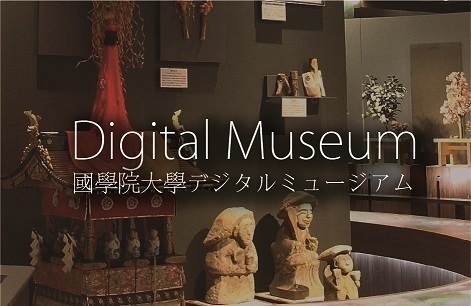- トップ
- Encyclopedia of Shinto
- Uwazutsunoo, Nakazutsunoo, Sokozutsunoo
Encyclopedia of Shinto
| Main Menu: | |
| Links: |
詳細表示 (Complete Article)
| カテゴリー1: | 2. Kami (Deities) |
|---|---|
| カテゴリー2: | Kami in Classic Texts |
| Title | Uwazutsunoo, Nakazutsunoo, Sokozutsunoo |
| Text | [Uwazutsu no o no mikoto][Nakazutsu no o no mikoto] [Sokozutsu no o no mikoto](Kojiki)(Nihongi) Three kami produced during Izanagi's purification (see misogi, harae). When Izanagi returned from the land of Yomi, he bathed at Awakihara of Tsukushi in order to purge the pollution of death. According to Kojiki, when he rinsed at the bottom of the sea, the deity Sokozutsunoo was produced together with Sokotsuwatatsumi (see Watatsumi); when he bathed in the middle of the water, Nakazutsunoo was produced together with Nakatsuwatatsumi; when he bathed at the surface of the water, Uwazutsunoo was produced together with Uwatsuwatatsumi. According to an "alternate writing" recorded in Nihongi, when Izanagi performed his ablutions, he blew out and produced Iwatsutsu no mikoto, Sokotsutsu no mikoto, and Akatsutsu no mikoto. These names represent phonetic transformations of the names Uwa-, Naka-, and Soko-zutsu no o. Various meanings have been suggested for the name element "tsutsu no o"; some view it as representing the ancient genetive particle tsu together with another tsu meaning "bay" or "estuary." Another theory suggests that tsutsu is simply a repetition of the tsu meaning bay, and thus represents the plural "bays," pointing to the three as tutelaries of ocean travel ("kami of bays and estuaries"). Others have suggested that tsutsu refers variously to the planet Venus (yūzutsu) or to the three stars of Orion's belt, in either case representing lodestars for mariners. Others theories suggest that the names come from the story of Tsutsu no o no mikoto in the island of Tsushima, or that tsutsu refers to the oak oar used to pole a boat, and thus to a kind of magic staff with power over ocean currents and ocean travel. Finally, some have suggested that it means the "cylinder" (tsutsu) housing the "boat spirit" (funadama) often enshrined at the base of a ship's mast. According to Nihongi, these three deities demonstrated their power at the time of Empress Jingū's campaign on the Korean peninsula, and came to be collectively enshrined as the deity Sumiyoshi ōkami. From the medieval period, the three deities were widely worshiped as tutelaries of poetry. -Kobori Keiko |




